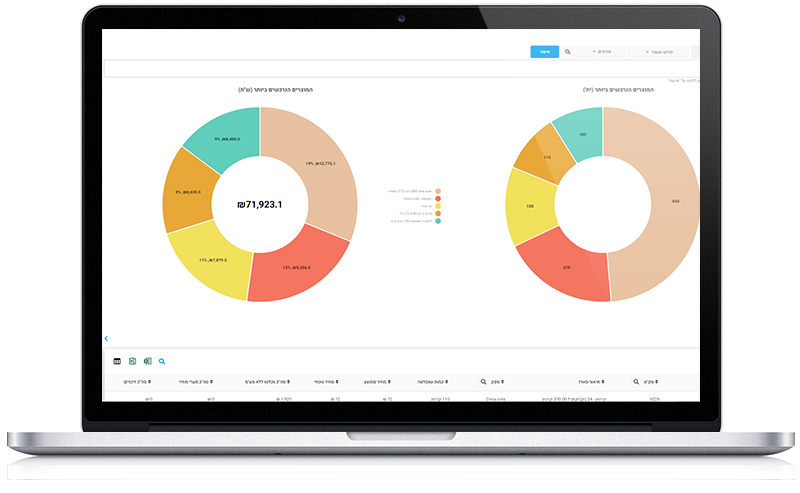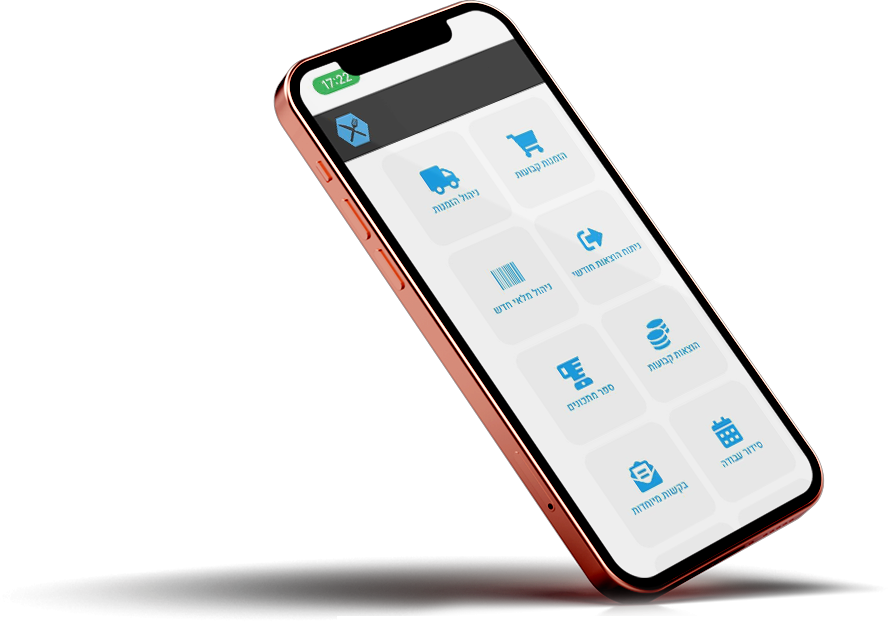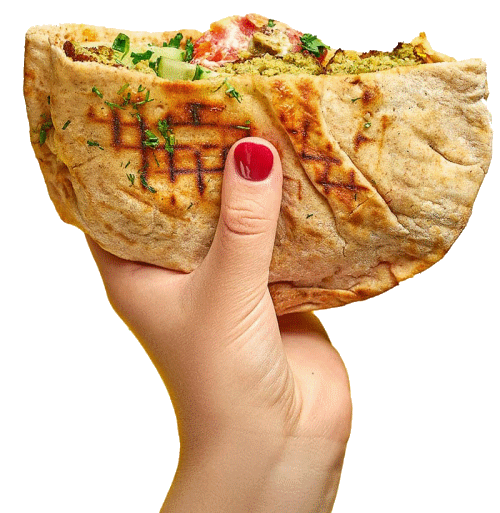Your Ideal Food Cost is the percentage of sales that you "should have" spent on ingredients — based on perfect portioning, zero waste, and flawless execution.
This is a benchmark for operational efficiency and a reference point for improvement.
All purchases during a given period (usually a month) should be tracked and matched against actual revenue.
This helps you understand how efficiently you’re managing supplies.
Your food cost is ultimately calculated using this formula:
(Opening Inventory + Purchases – Closing Inventory) ÷ Revenue
This ensures that wastage, over-ordering, or underutilized products are taken into account.
Always do a proper count at the end of each period (weekly or monthly).

Food cost is the foundation of a successful hospitality business – large or small.
It plays a crucial role when launching a new venture, and remains a core part of long-term financial stability.
Regular tracking – such as monthly inventory reviews – helps uncover waste, theft, or mispricing.
Food cost analysis supports better decisions on menu pricing, portion control, and day-to-day operations.
By mastering your cost structure, you can Gain Total Control Over Your Restaurant’s Data
leading to better decisions on menu pricing, portioning, and daily operations.
Food cost benchmarks differ across sectors within the hospitality industry:

taking into account raw material costs, plating decisions, presentation tools, portion sizes, and pricing structure.
To maintain that balance, it’s recommended to stay within the food cost range of 25%–32%, with slight variations depending on the restaurant’s concept and market expectations.
Pricing: Menu prices should align with raw material costs and market conditions.
Ingredient costs: Ingredient costs should be grouped based on supplier agreements and trade terms.
Keep in mind: lack of portion control, poor training, or unprofessional kitchen processes can cause significant deviations in food cost and lead to financial inefficiencies that affect your entire operation.
When calculating food cost, it’s essential to account for shrinkage — the portion of ingredients that can’t be used or served.
What is shrinkage?
Let’s say you purchase an avocado. If you pay for the entire fruit but only use 50% of it in the dish, your actual food cost doubles. In this case, even though the price per avocado is €1, your true cost is €2.
Understanding shrinkage helps you price accurately, reduce waste, and gain full visibility into your kitchen's financial performance.


To truly understand food cost, we must go beyond the raw ingredient prices and account for the full picture.
Let’s take the example of a popular dish – fresh pasta with pesto sauce:
If we sell this dish for €12, and the ingredients (pasta, basil, olive oil, cheese, etc.) cost €3.60, that gives us a raw food cost of 30%.
But to run a profitable restaurant, we must include several other costs:
1. Employee Wages – typically add around 30% to the raw cost. In our case: €3.60 + €3.60 = €7.20
2. Operational Expenses – rent, marketing, packaging, etc. usually add 15% more: €7.20 + €1.80 = €9.00
3. Utility Costs – gas, water, electricity. Add around 10%: €9.00 + €1.20 = €10.20
4. Target Profit Margin – before tax, ideally 15–20%: Final menu price should be around €12
In today's volatile economy, rising food prices and supply chain disruptions are becoming the norm.
That’s why accurate and dynamic food cost tracking is essential.
A smart tech solution can help you maintain control — even when inflation, seasonal shifts, or supply chain issues hit hard.
One of the key reasons food cost percentages increase is due to raw material inflation – but that’s just one factor.
Often, it’s also tied to operational inefficiencies or lack of real-time decision-making tools.
For example, many restaurants in Europe partner with suppliers based on outdated pricing contracts or estimated yields that are no longer accurate.
Without up-to-date food cost tracking, this can lead to:
Miscalculated menu pricing
Wasted ingredients or over-portioning
Ordering mistakes due to stock mismanagement
You buy oranges in winter for €2/kg and sell fresh-squeezed juice at €5 for a 300ml cup.
In summer, the orange price drops to €1/kg.
If your menu pricing stays the same, you’ve potentially lost 400% profit just by not tracking cost updates.
A food cost deviation of just 5–10% can wipe out a restaurant’s entire monthly profit margin.
Common operational reasons for food cost increase include:
Inventory not aligned with actual consumption
Unclear differentiation between wasted and spoiled products
Delayed purchasing decisions
Staff not following prep guidelines
No standardized portioning or plating rules

When starting a food business, entrepreneurs face challenges that can make or break their success.
Between building a brand and running day-to-day operations, it’s easy to overlook backend processes.
Yet a well-managed food cost system — including procurement, staffing, inventory, and revenue planning — is critical for long-term profitability.
That’s why implementing a smart technological solution is vital.
With clear and accessible data, owners can make real-time decisions and navigate financial uncertainty with confidence.
Restigo, a trusted Israeli partner for restaurants, helped clients reduce operational waste and improve margins — saving up to 5% of total monthly food cost through smarter tracking and forecasting. ש
Ready to Take Control of Your Restaurant’s Profits?
Professional Tools and Information
© 2025 Restigo Ltd. All rights reserved.